How to Teach Decomposing and Composing Numbers
What we just explored why decomposing and composing numbers really is crazy important in kindergarten.
This is part 2 of this series – it’s all about making practicing this skill regularly a cinch in the kindergarten classroom.
As a recap, I know that we often call this common core standard “place value,” but really it is number sense.
Our kinders truly have to understand what these numbers are:
- in quantity
- in number form
- as a numeral
- and in comparison to their surrounding numbers (like where they fall on the one hundreds chart for example)
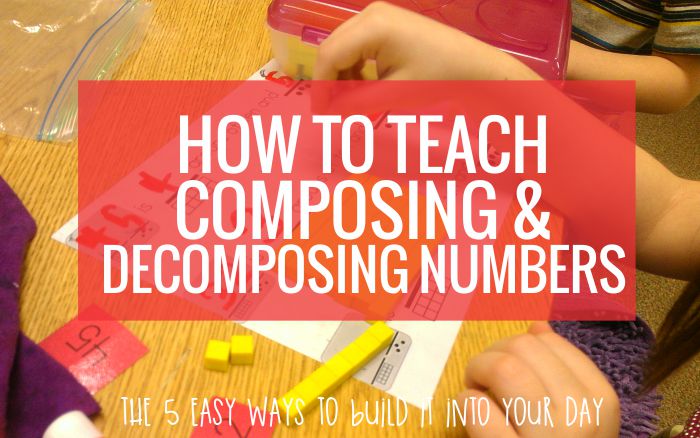
It’s all intertwined. No matter what number or skill you’re working on – it can be connected to its value in tens and ones.
Since we understand the value in teaching this skill, let’s look at some easy ways to build it into what you’re already doing in the classroom.
Here are my top ways of integrating decomposing and composing teen numbers 11-19 (and higher numbers) into your day. It’s what I’ve done and it has been really successful.
1. Upgrade your calendar time
Use the repetition that comes during a calendar activity to see it and hear it often. Track the days in school as an example of how to modify a classic calendar activity and then use it to either compose or decompose numbers.

My students are also working on a variety of composing and decomposing workmats since I change these out every couple of months.
They get different kinds of practice that all has a purpose since it comes from the numbers we use in the calendar and they aren’t stuck thinking that we can only make or break numbers in one specific way.
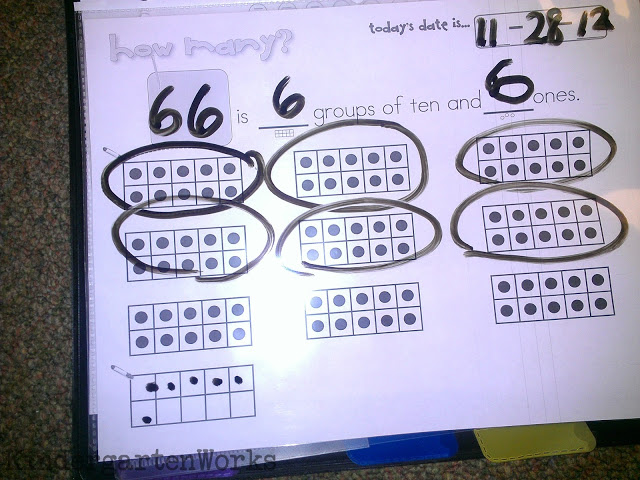
As you can see here, for a time we were decomposing with words and composing by circling the correct groups of ten and creating the set of ones. Same skill, different format.
2. Play games that matter
Playing games is one of the best ways to increase the amount of time they are practicing a skill.
Finding decomposing games to play in small groups, pairs or independently for math centers, stations or zones is crucial. Students often do some of their best work when given the most amount of time to practice.
Composing numbers board games
Two games I’ve made that are fun and use an instant download gameboard:
Composing numbers card game
I’ve also made an “I have, who has” card style game that is fun to play during the month of December. You should download the composing cards game for free.
Composing numbers memory game
Playing memory (when it is skill specific) is a great eye-opener. My students work on first finding matches of tens and ones to just the number and are now ready for matching the decomposition equation to the number.
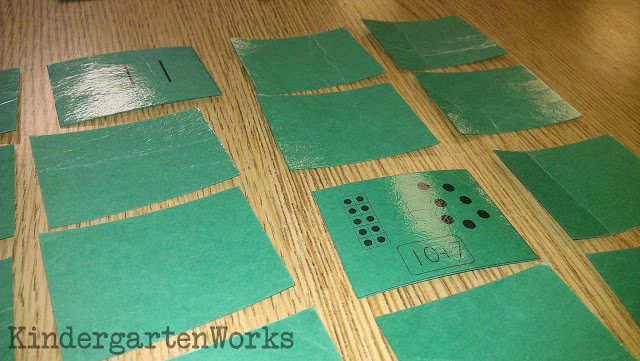
I’ve made this memory game with multiple versions. It’s one handy piece that comes in my composing and decomposing materials pack.
Composing numbers computer games
And playing games whenever you can integrate them into your day (computer lab, centers, etc.) is a sure-fire way to give them additional practice as long as you can find a skill-specific activity like this one below.
You may just love this page on my site for kindergartners – it’s a great starter list of free games online to work on composing and decomposing. There are some subtraction games in this mix too.
3. Work through the “tough stuff” in small groups
Teaching math in small groups is by far my favorite way to practice since you can work through misconceptions and give students more guided attention.
Want to see an example?
Read about when we were learning to create and represent the number in a decomposing statement with words using craft foam ten frame manipulatives.
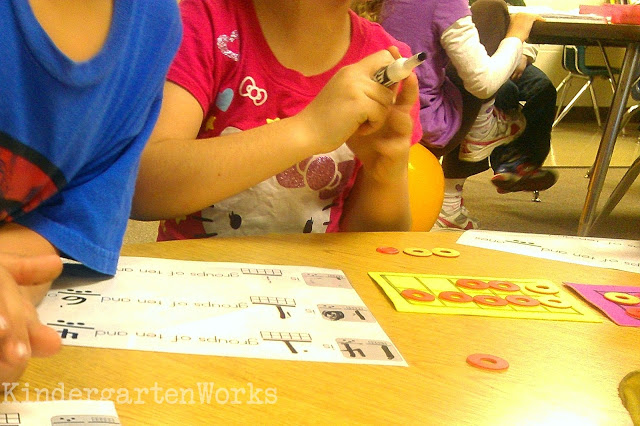
When working in small groups, I also try to fit in a warm-up or wrap-up activity where we get to explore the concept in a different way, like playing I SPY for numbers.
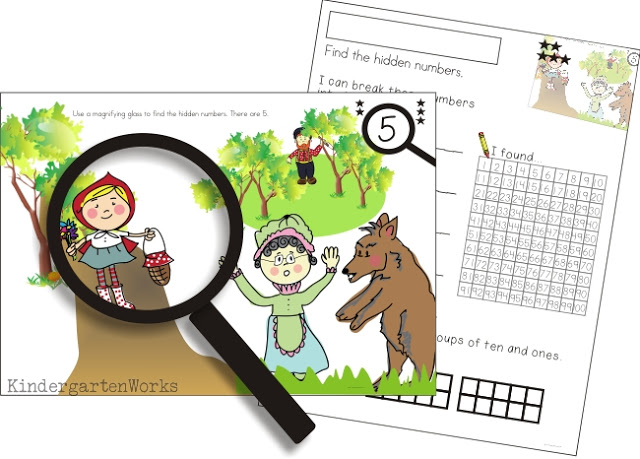
Students find the hidden numbers with a real magnifying glass (because they’re soooo tiny) and then write the decomposed tens and ones equation to match and highlight the number on the hundreds chart. It’s so fun!
This also comes in my composing and decomposing materials pack. But I’ve made additional dinosaur and jungle I SPY activity pages too since they want to do this more often!
This type of quick activity gives me more chances to see how they think and work… and allows me to be more effective in planning our next steps.
4. Give opportunities to draw
Students need opportunities to draw out numbers using ten frames and a variety of objects. Give them time to draw in a math journal or during calendar time to express what these numbers look like.
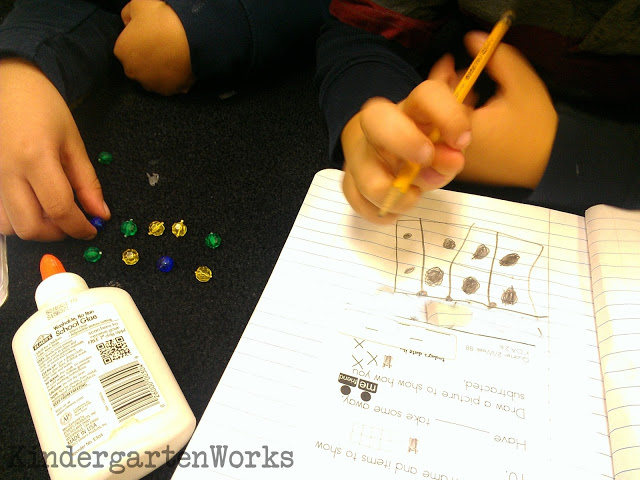
I expect lots of drawings to show their thinking in their math journals!
5. Make, represent and use equations
Using a variety of tools, let students make equations, draw them out, represent them with objects and also use given equations in order to build their skills.
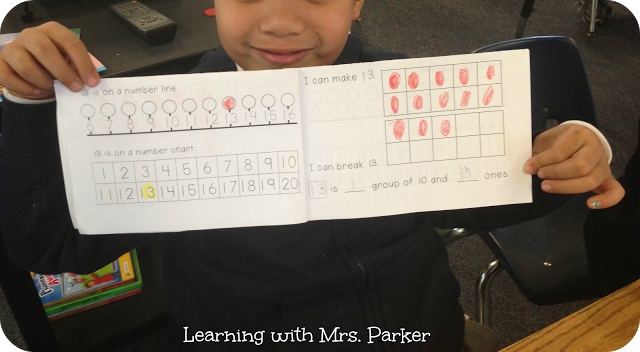
This picture from Mrs. Parker is a great snapshot of the composing and decomposing numbers booklet. Students to practice using words to make and break teen numbers.
Using equations should come after they can successfully use pictures and words to compose and decompose.
So we take that familiar booklet and make a new one – with harder skills!
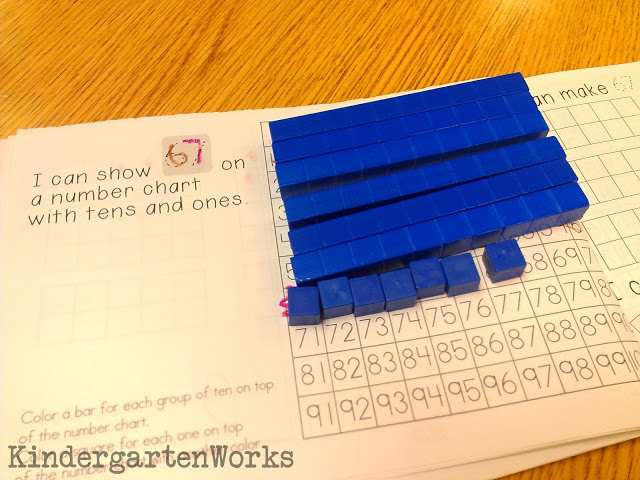
I am working with my groups so that they can take the skill they already have (composing and decomposing with words and pictures) and express it using equations.
No matter what range of numbers they have in their comfort zone, they can apply this skill of writing equations with tens and ones.
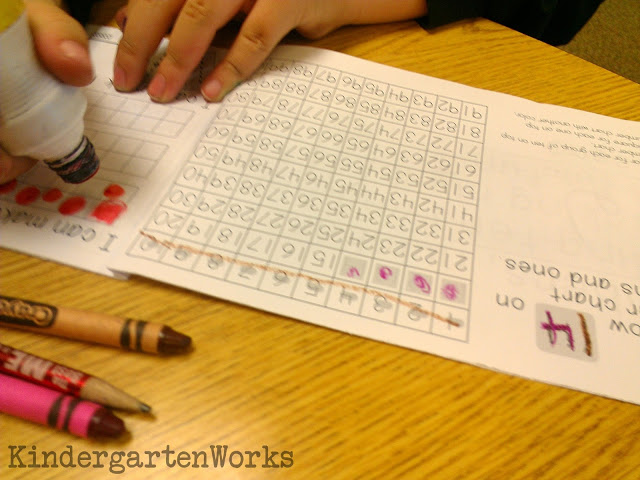
So there you have it. I find it extremely helpful to incorporate it into calendar time, games, small group work and individual drawing opportunities in addition to finding ways for students to practice making, representing and using equations to show their thinking.
I hope these top tips of mine can help you find ways to incorporate this standard into what you are already doing in your day, just in a variety of ways.
Now, let’s move onto what to do with those students who are working above grade level so they don’t miss out on key composing and decomposing concepts!

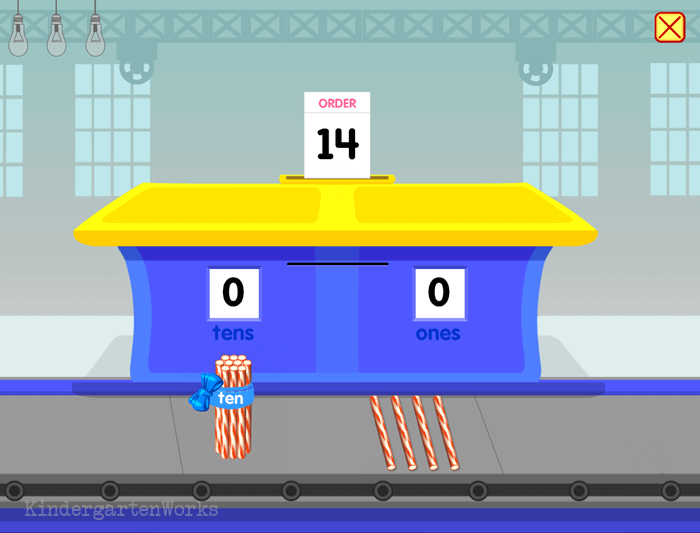
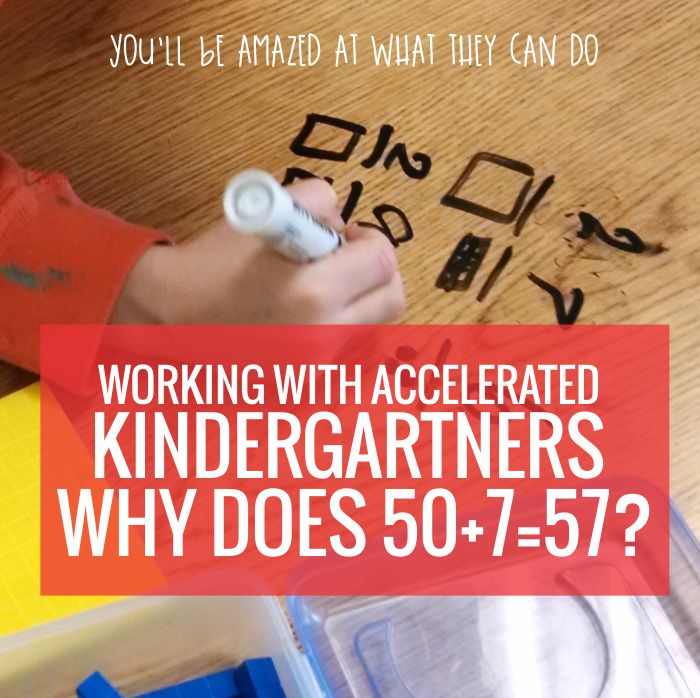
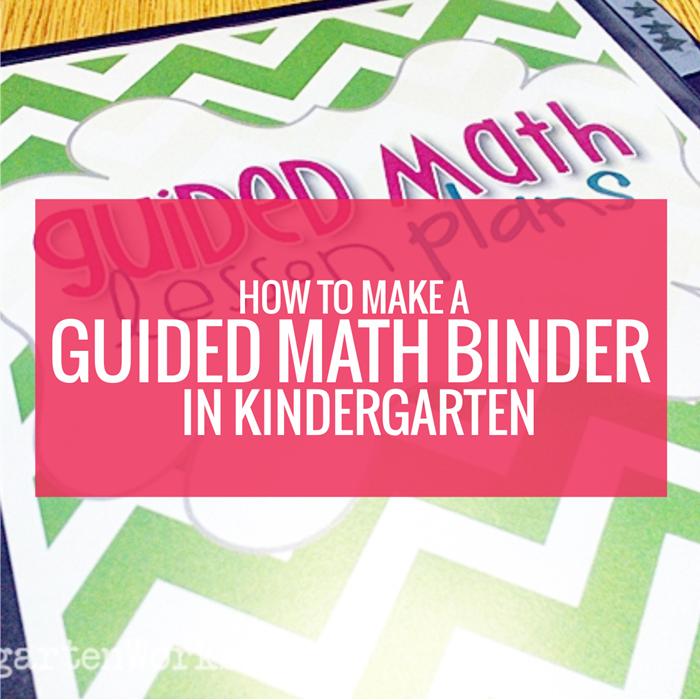
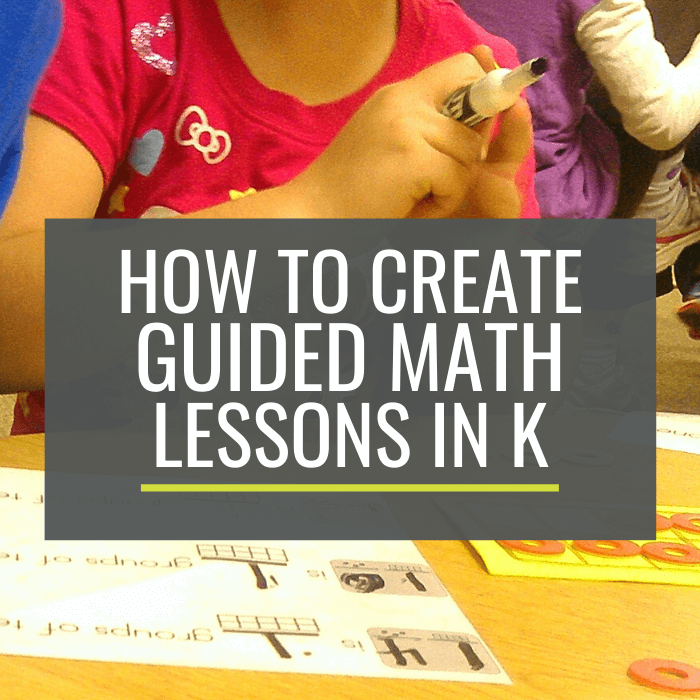
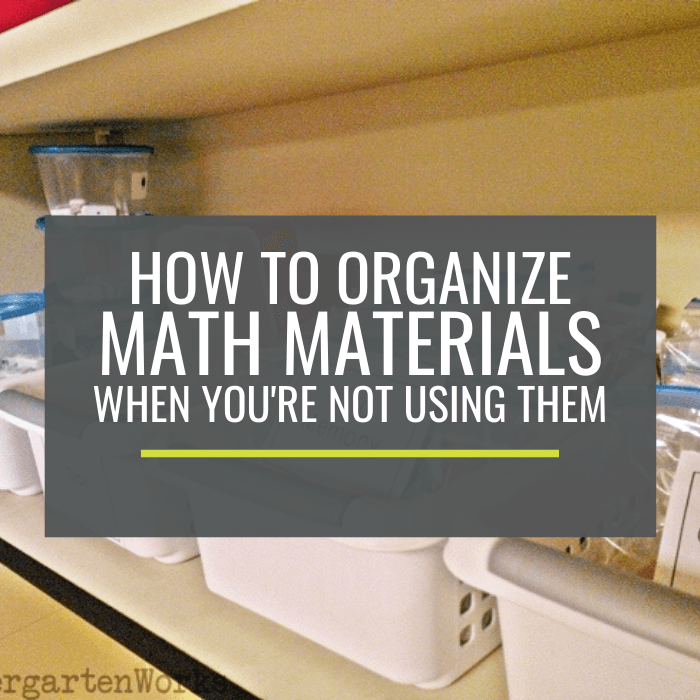
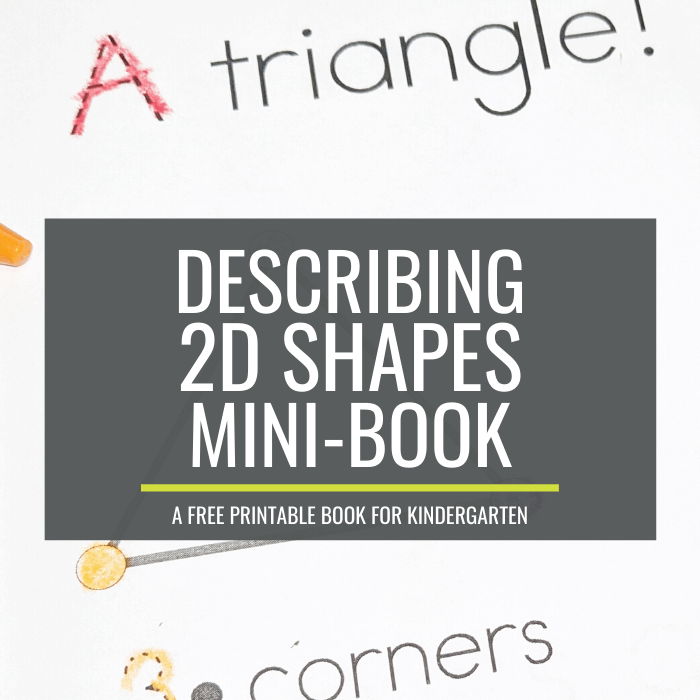
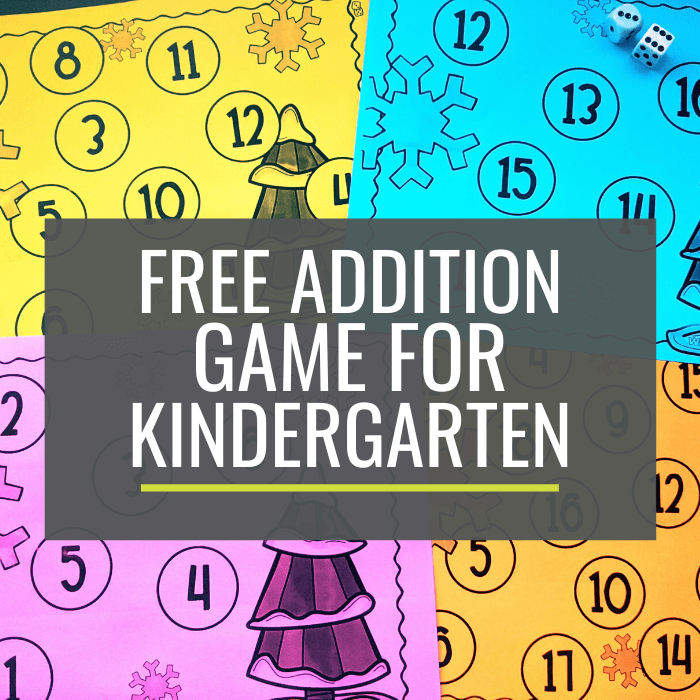
Thanks again Mrs. Parker! Love hearing from your classroom regularly.
– Leslie
I can’t seem to get to the inline game……any advice?
Here is the link – hopefully you can try a different web browser if it doesn’t work well on your current one. http://www.mhschool.com/math/mathconnects/assets/mhln/00139857/00139857.swf
– Leslie
Great post. My students loved that booklet and felt successful learning about what numbers mean and represent.